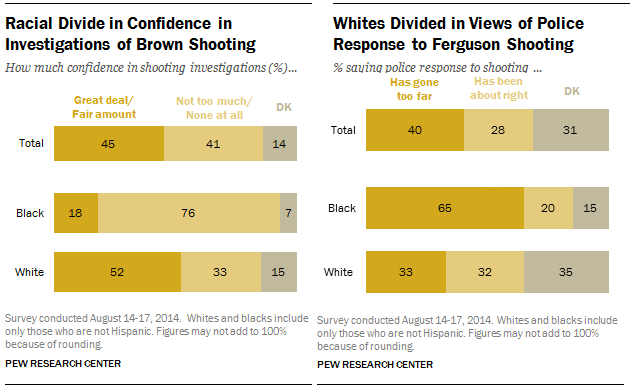
Shocking results from a new Pew study. [Previously]
multitasksuicideshocking!

Shocking results from a new Pew study. [Previously]
The seamless wholecut is the like the unicorn of shoes. It’s not often seen and not made by many. And it has to be created by hand. At least for now it does until some intelligent shoemaker learns how to industrialize it. But I am not sure if that is going to happen any time soon. Either way, my good friend Jesper Ingevaldsson (of Shoegazing blog) just recently acquired a pair from the Romanian shoemaking house of Maftei. A lovely model for sure, with an immaculate patina on it, it’s no wonder that Jesper has been showing it on his Instragram account every other picture ![]() Either way, it’s always nice to see evolution in footwear and unless I am wrong I don’t think that they were doing seamless wholcuts before too long ago (but I am probably wrong on that!) Anyway, Jesper was kind enough to document the making of his lovely pair of shoes, so if you are curious to see how they made that shoe without seams, check out his blog:
Either way, it’s always nice to see evolution in footwear and unless I am wrong I don’t think that they were doing seamless wholcuts before too long ago (but I am probably wrong on that!) Anyway, Jesper was kind enough to document the making of his lovely pair of shoes, so if you are curious to see how they made that shoe without seams, check out his blog:
multitasksuicidegreat cover art, great vocals
 |
| Album art: Dorota Jedrusik |
multitasksuicideI almost really love this, and yet...
 |


Most folks don’t know it, but Japanese watch giant Seiko makes some of the finest watches in the world. The Seiko Credor Masterpieces are but two examples. The Grand Seiko collection, more broadly speaking, is another line of very high quality mechanical- and quartz watches made by the Japanese manufacture. Oh, and just as an aside, they also have a great brand Ambassaodor in tennis superstar Novak Djokovic.
Of course many would be greatly surprised to hear that Seiko makes the finest three-hand watch in the world, and I’m sure there are many superbly talented Swiss watchmakers who could reasonably disagree with such an assertion. But there’s no denying that the new Seiko Credor Eichi II — with its hand-made hand painted porcelain dial, 39mm platinum case, and hand-finished movement — is an incredible watch by any measure. I sure am drooling over drawn to its elegant “less is more” design.
WatchesbySJX has the full story along with expert insights on the new ¥5.5 million (approx. $54,000) Seiko Credor Eichi II >>>

© Perpétuelle - First In Watches, 2014. | Serving Up New Luxury and Avant-Garde Timepieces Daily.
More Seiko
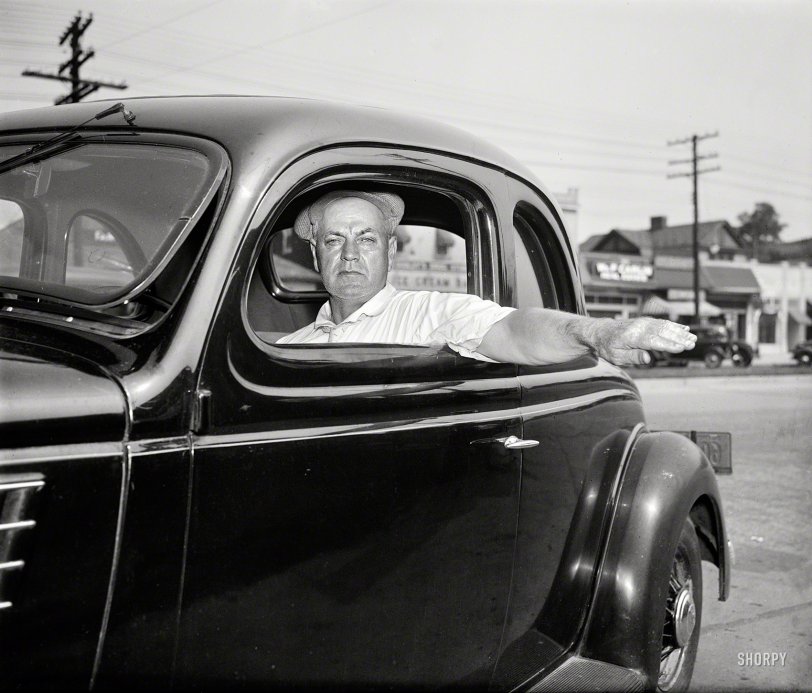
Thirty-two years of automobile driving without an accident or a parking ticket yesterday brought its reward when John Hunter, a merchant living at 7336 Fourteenth street northwest, was selected as Washington's safest driver by a committee headed by Commissioner Melvin C. Hazen. The choice was made in the District Building at the request of the American Automobile Association, which will hold a traffic safety clinic in New York City on August 31. Hunter, who is 57, has estimated that he had driven 600,000 miles. He has never been arrested on a traffic charge or received a parking ticket.Safest D.C. Autoist Is Chosen; Drove 32 Years Without Crash
Washington Post, August 13, 1936
multitasksuicideI saw a lady in DC with a "keep calm and go fuck yourself" shirt
Did you think this almost-meme went away? Nope. In the year 2014, you can still buy:
1. “Keep Calm And Tan On,” a bronzer lotion.
2. “Keep Calm And Game On,” a metal dog-tag.
3. “Keep Calm: Bugs In Our Food”, an insane self-published book about how our food is full of bacteria.
4. “Keep Calm And Love Pugs”, a pink stethoscope.
5. My personal favorite, a vest that says “Keep Calm And Take Care Because YOLO.”
The following photograph appears in this BBC article: "Why is Sanskrit so controversial?"
It is accompanied by this caption: "Muslims in India choose to learn Arabic".
This led me to wonder: Do Muslims around the world all really learn Arabic so that they can read the Quran? As Brian Spooner said to me, "No Muslim reads the Qur'an in any language other than Arabic. That's what they say, and I have never seen them use translations."
Jamal Elias makes more precise what is going on in that picture and in what sense Muslim faithful learn to read Arabic:
It’s the Qur’an in Arabic. The majority of non-Arab Muslim children from pious backgrounds learn to “read” the Qur’an as a ritual act: scriptural Arabic (like books for kids) is written with full vowelization (normal Arabic doesn’t have written short vowels). Once one learns the script it’s very easy to read phonetically without knowing what it says. This would hold true in Bangladesh, Turkey, etc. where the normal script is not the Arabic one.
For the sake of clarification, Arabic short vowels are written as diacritical marks which are omitted in normal writing. The exception is when adding them would eliminate ambiguity (e.g., to differentiate active from passive voice, make the object of a verb clear, and so on). They are included in children’s books because they are still learning the language. They are also included in copies of the Qur’an (and were in manuscripts from at least the 10th century), most probably because making a mistake in scripture is a serious thing. Meaning, the Qur’an is written as a phonetic text.
Leopold Eisenlohr explains in greater detail the phonological apparatus that may be drawn upon to flesh out the recitation of the Quran:
The Quran there [in the photograph] has full vowelization. The person is reading Surah al-'Ankabūt, the Spider Surah.
All Qurans I have seen have full vowelling, and I think it would be strange to see one without it. The earliest ones didn't even have dots – since they functioned as reminders for something orally memorized, the need for a totally phonetic script did not exist as it does now.
Some special Qurans include extra markings for tajwīd, which could partially be compared to sandhi. Those would be recitation markings, indicating how certain sounds are assimilated or otherwise affected by their surroundings. For example, the sound n is assimilated into the sounds l, r, m, y, w, b, but this is only in very exact recitations. I personally think the degree of exactness in the tajwīd system is suspiciously similar to that of Sanskrit, and was possibly informed by the Sanskritic understanding of points of articulation. But at this point it is just an arrant suspicion without clear evidence. Tajwīd extends to markings for where to pause and other features of how to physically recite. Again, those are mainly for specialists but are probably learned by many.
I think it's very interesting that many books in China include, in addition to a Chinese translation of the Arabic original, a transcription into Chinese characters. It's the farthest thing I can imagine from a phonetic pronunciation of Arabic, but the efficacy of the Arabic utterances is still important. I picked up a Bengali Quran with Bengali phonetic transcription, but I'll have to look at it again to see if it makes an effort to be exact.
To be a little more clear, the rules of tajwīd are learned and are not all marked in the majority of Qurans. In this example below, the assimilation of m to r is marked (with a shadda, or gemination sign): instead of 'īšatin rādiyah, what is pronounced is 'īšatir rādiyah because of the rules for assimilating n, and there is a mark to indicate that. There are other rules about interaction between types of consonants which are not marked, and I also don't know if this n to r assimilation is marked in all Qurans. By "special Qurans" I mean those which are color-coded that some use for learning recitation and those that have all the stopping/pausing markings, though someone more knowledgeable should weigh in.
Yes, it's a very big issue, and I'm sure it's done in unique ways all over the world. I wish I knew more about the history of how the understanding of phonology developed — whether modern knowledge of linguistics has been put to use at all.
The first two definitions for "read" in The American Heritage Dictionary are:
1. To examine and grasp the meaning of (written or printed characters, words, or sentences).
2. To utter or render aloud (written or printed material).
It would appear that, for most Muslims, "reading" the Quran involves the second definition, but not necessarily the first.
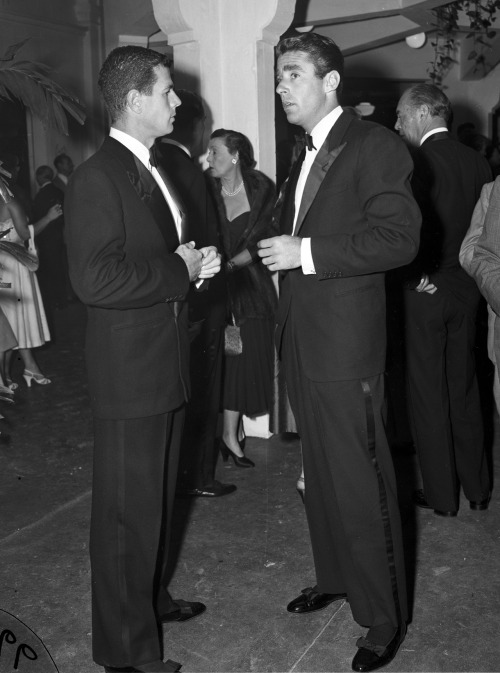
Pumped For Black Tie.
Peter Lawford, with Reginald Boardman, Palm Beach, 1950.
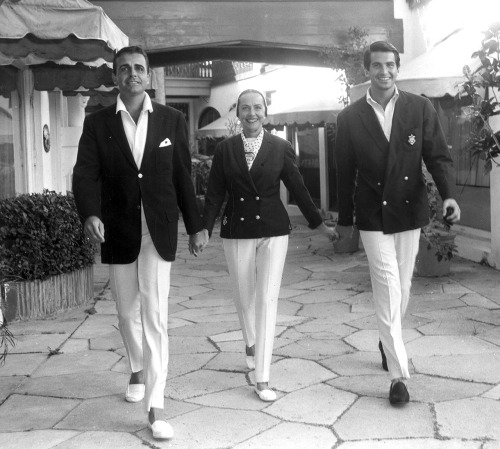
That Easy Palm Beach Look.
George Hamilton, with his mother Ann Stevens and step-brother William Potter, 1960.
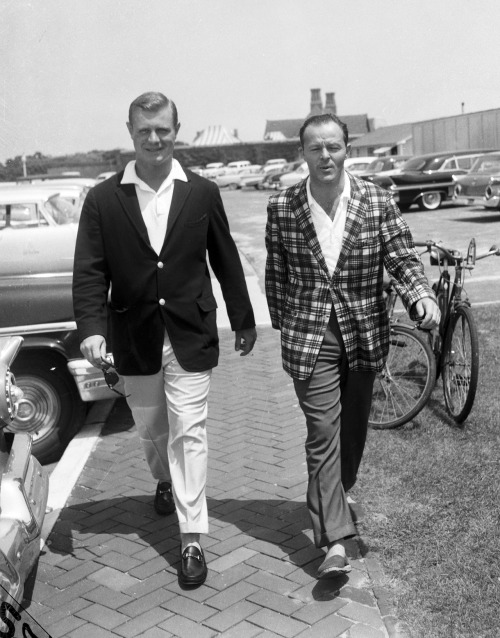
Blazers, Black Gucci Loafers, Madras Jackets, And Espadrilles.
Vincent C. Banker and C. Henry Buhl tell all you fake neopreps about WASPwear, but will you listen?
multitasksuicideHi RS
Catholicism in Asia

POPE FRANCIS is on a five-day visit to South Korea, the first trip by a pontiff to Asia since 1999. Catholicism is increasingly popular in the country and the region. Since 1970, the proportion of Catholics in South Korea has risen four-fold to 11%, some 5m people. That is in contrast to the global average, which has fallen slightly to 17% as traditionally Catholic countries—such as the Philippines—become more secular and people turn to newer Christian movements. (In South Korea there are twice as many evangelicals as Catholics; in China three times as many.) The decline in these countries is offset by growth elsewhere, particularly in Asia. Catholics in India and China are a small share of the population, but they number 19m and 17m respectively, behind only the Philippines. And they are predicted to increase by 2m-3m by 2020.
Kosher Nostra, Plug Uglies, Yakey Yakes, and the Potashes are just some of the excellent 19th century street gang names compiled for this Mental Floss post by Arika Okrent, author of In the Land of Invented Languages.
Read the rest
Ski Season Is Coming.
Prince Bernhard, Lech.

It’s amazing what brands are in Italy that are still quite small and unknown. One of those brands is a Florentine one called Ducal, which I happened to stumble upon while at Pitti Uomo. I am quite glad that I did too, because I was so immensely impressed by not only the quality but also the design. Things that I saw there were simply amazing, particularly this braided double monk above. And for the record, this is not to be mistaken with Doucal. Amazingly, they do just about everything under the sun too, from Blake Rapid, to Handwelted, to Bespoke. The only downfall is that they are relatively in-existent (sales-wise) outside of Italy and Asia. Hopefully that will change. But I did ask the lady that if people contacted them directly, that they could help out with a direct sale. So therefore, quote me on that if you contact them by showing them this post and reminding them of the young chap that they met while at Pitti!

"The general consensus here: if this is militarization, it's the shittiest, least-trained, least professional military in the world, using weapons far beyond what they need, or what the military would use when doing crowd control." [Storify]
multitasksuicide#operapumps







Edward Green is regarded by many to be “the finest shoes in England for the discerning few.” A more classic English shoe would be hard to find. Having been in business for more than 120 years, Edward Green has become discreetly famous for probably the finest welted shoes.
We recently received a shipment of Edward Green made-to-order shoes, and they’re as beautiful and elegant as ever. We present them here for your viewing pleasure.

The uniform of the intellectual is much the same throughout the Western world. It consists of a rough and tweedy sport coat, possibly checked, but always brown; a pair of slightly-too-baggy corduroys or cotton twill trousers; a solid blue or white checked shirt; and suede shoes that are so well worn, the nap is slightly balding around the toes. It’s a decidedly rustic look that stands opposed to the sharply tailored navy suits and crisp white shirts of city slickers and businessmen.
Take Eugenio Scalfari, for example, who’s been in the news a lot lately for his exchanges with the Pope. Scalfari, for those unfamiliar, is an Italian journalist and political commentator. In the ‘50s, he was among the founders of the Radical Party, which for decades was considered to be a bastion for Italian liberalism and radicalism. Then in the ‘60s, he won a seat in the Chamber of Duties as a member of the Socialist Party. His biggest role, however, has been as a writer. Having founded La Repubblica in 1976, and serving as its editor for 20 years, he’s been a voice of the left, fighting on issues related to women’s rights, political corruption, and the Catholic Church.
Although his politics are liberal, his dress is conservative. For most days, it’s soft shouldered, brown sport coats with button down shirts (checked or solid blue) and simple ties in dark colors. On off days, there’s the tan suede A-1 blouson, steel blue chinos, and tartan shirts. The key isn’t really so much the pieces, however, so much as it is the fit. Things are traditionally cut and well-tailored, but are worn without too much attention or fuss. The collars always fit nicely around the neck, but the clothes are sometimes a bit lumpy.
Across the political aisle, I’m sure you would find men wearing the same thing.
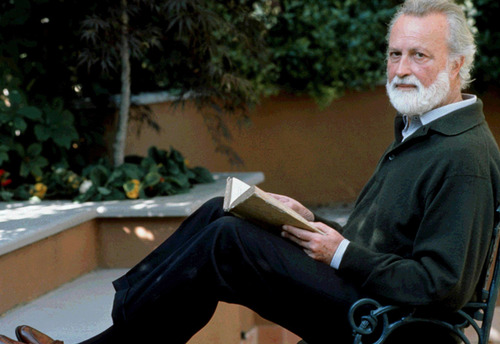
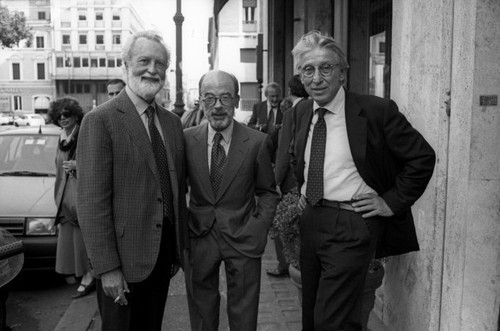
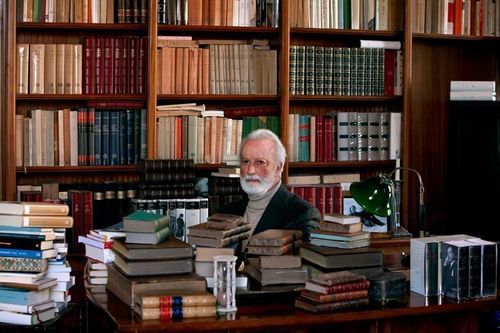
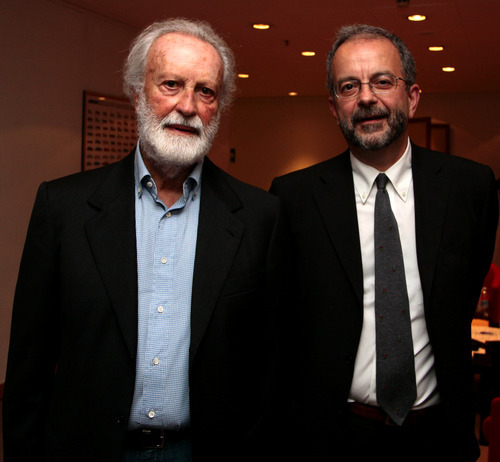
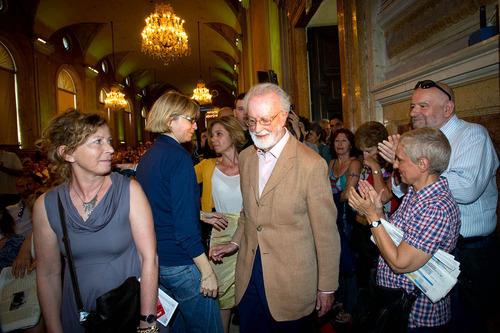
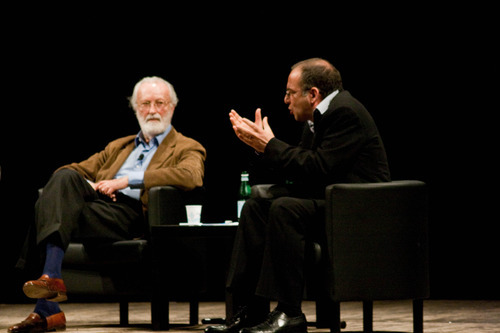
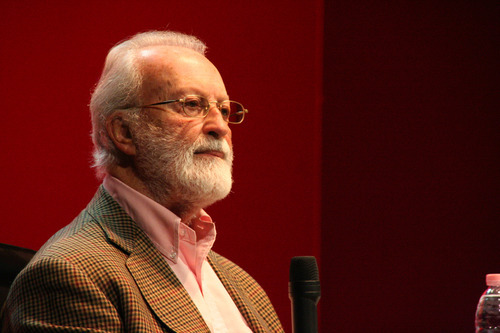
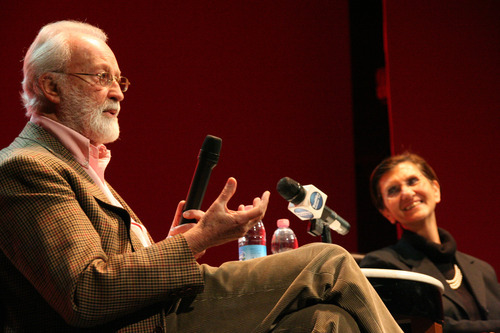
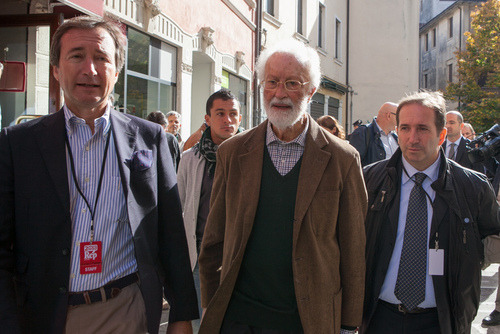
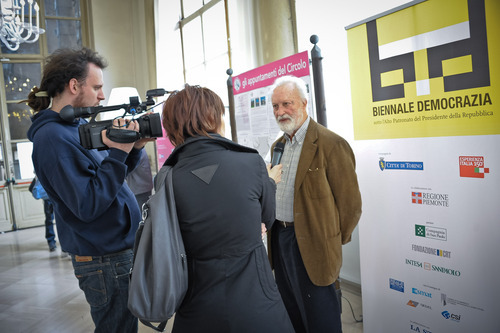
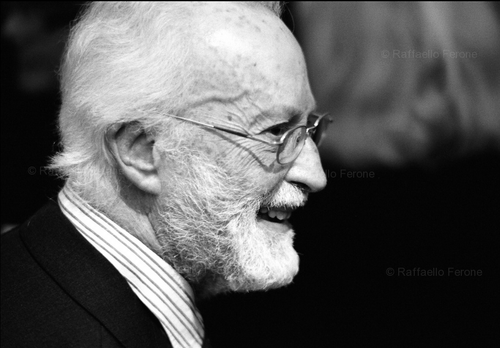
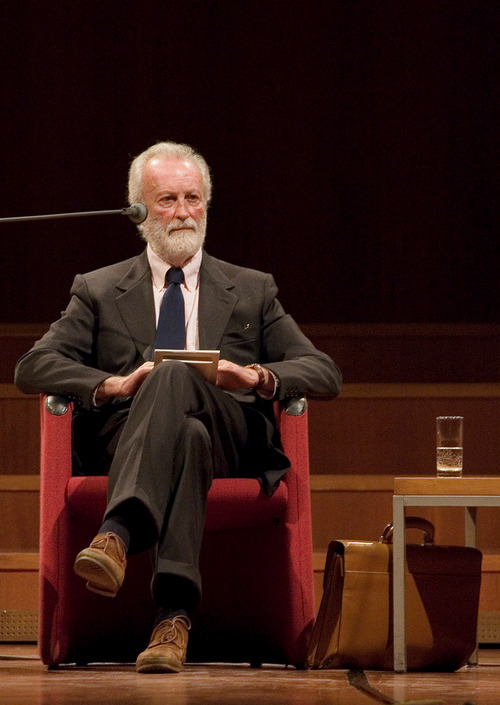
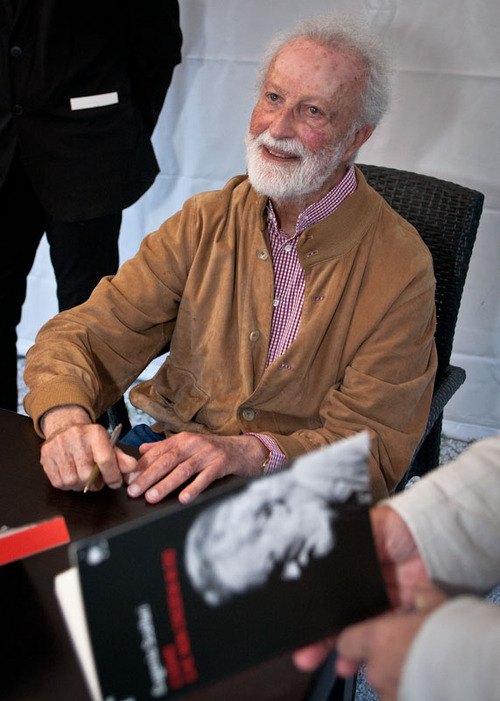
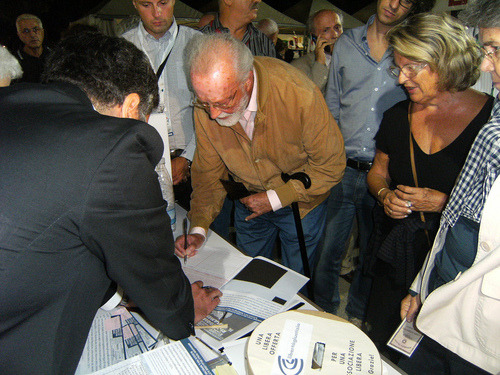
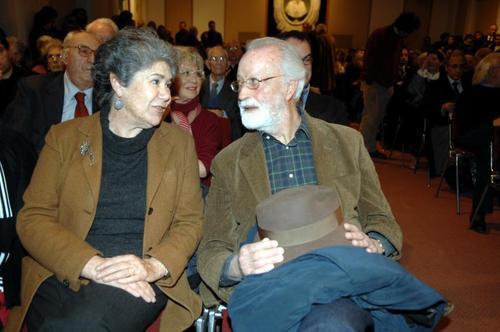
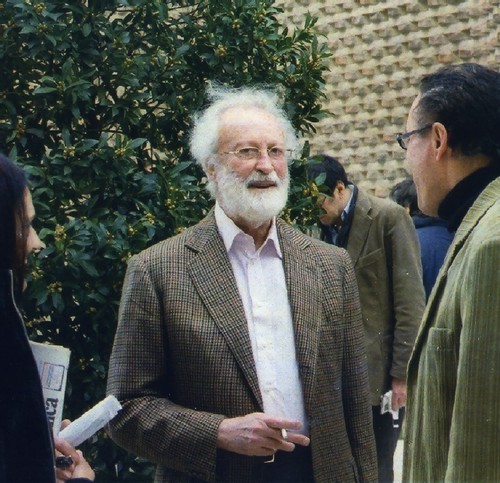
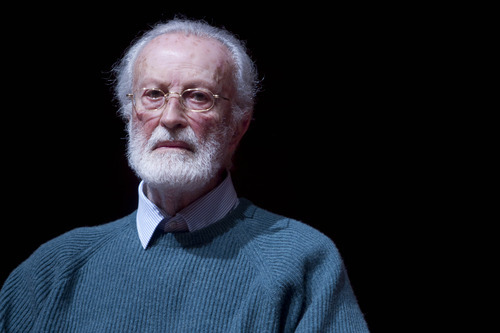
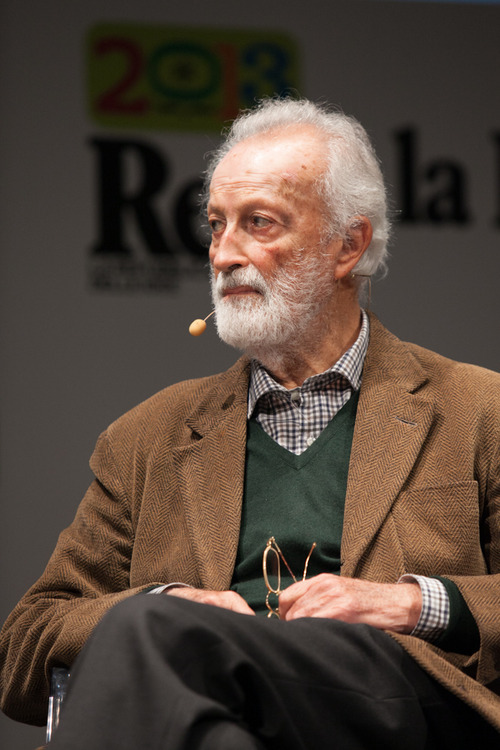
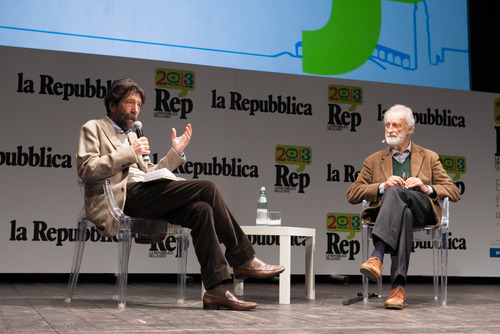

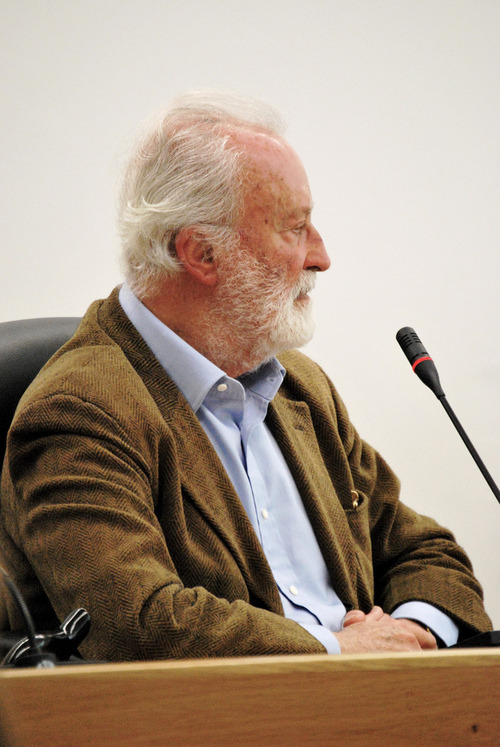
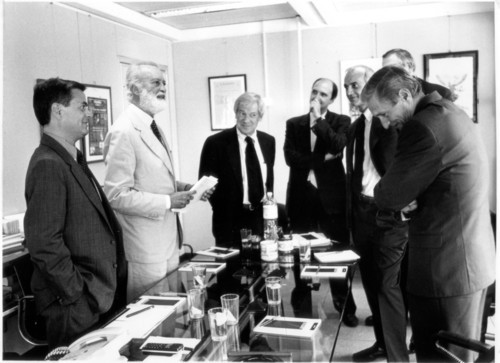
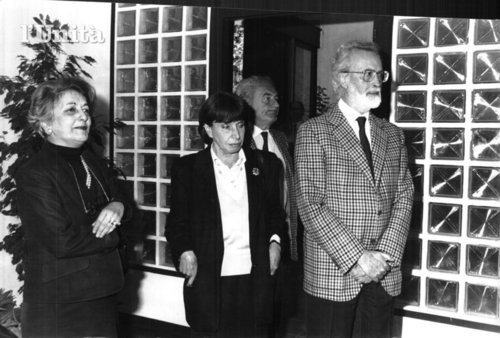
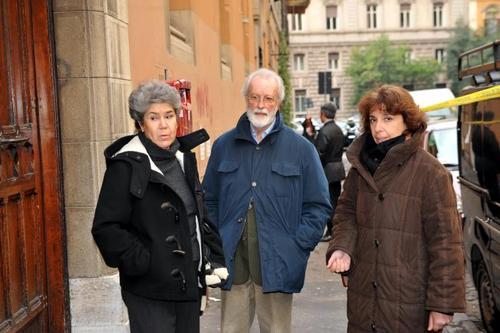

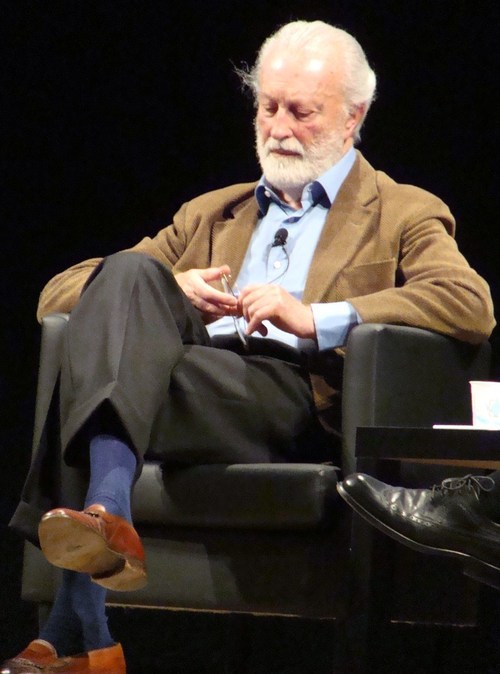
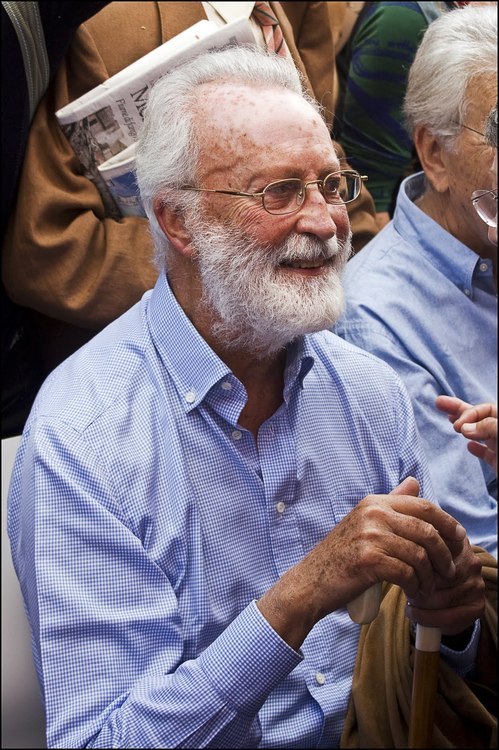
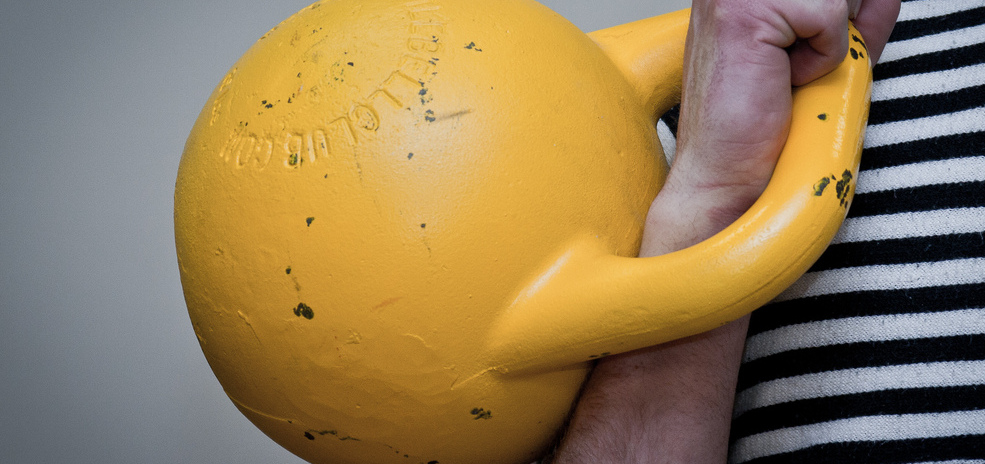 JC Herz reports on the strange bedfellows to be found when you're into "measurable, observable, repeatable" benchmarks. Read the rest
JC Herz reports on the strange bedfellows to be found when you're into "measurable, observable, repeatable" benchmarks. Read the restHe knocked one of these lil' fuckers outta the sky... with a beer can!
The post Trash Talk Bassist Spencer Pollard Does Not Like Quadcopter Drones, is a Master Marksman appeared first on MetalSucks.
 Royal College of Art design graduate David Hedberg created a TV set that operates only when you are smiling.
(more…)
Royal College of Art design graduate David Hedberg created a TV set that operates only when you are smiling.
(more…)
It’s just two hands, so, theoretically, I wouldn’t have to blur this out. But theory and reality are separated by a gap I’m going to call the “clearly a dildo distance.” Because this, visibly, is a dildo, when you look at it. A twenty-six-inch dildo.
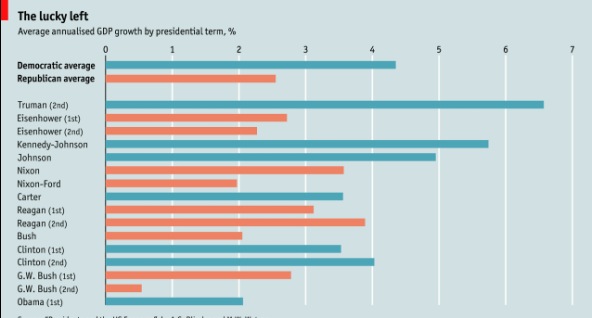 It's well established that the US economy fares better when a democrat is president. Why is this?
Read the rest
It's well established that the US economy fares better when a democrat is president. Why is this?
Read the rest